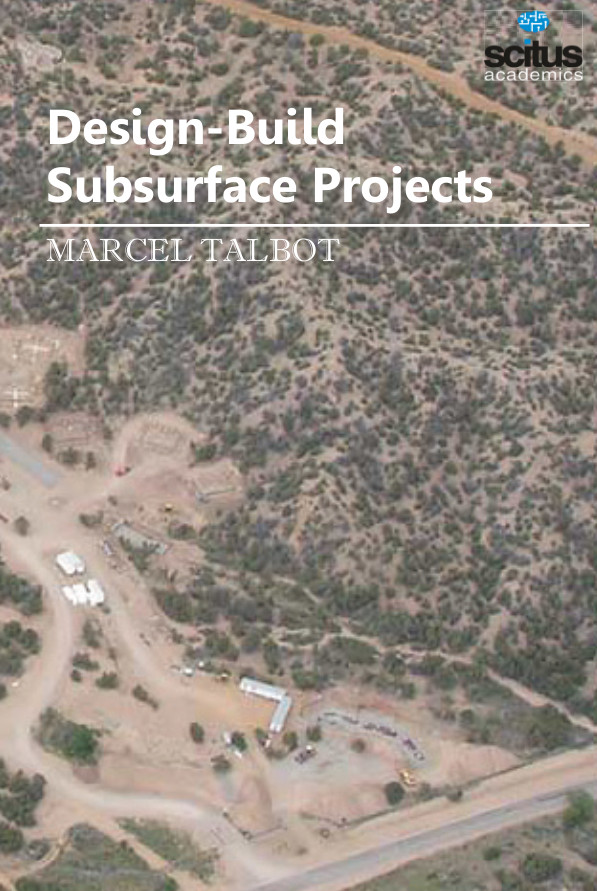With its opportunities for cost containment and substantial risk transfer, DesignBuild is increasingly becoming the delivery method of choice for owners with challenging funding limitations. But deciding to use the Design-Build system for underground projects is one thing; successfully implementing it is quite another. Subsurface engineers must design a successful well completion system by selecting equipment that is adequate for both downhole environments and applications. Considerations must be given to the various functions under which the completion equipment must operate and the effects any changes in temperatures or differential pressure will have on the equipment. The completion system must also be efficient and cost effective to achieve maximum production and financial goals. Another factor in the selection of specific completion equipment is the production rates of the well. The typical job duties of a Subsurface engineer include managing the interface between the reservoir and the well, including perforations, sand control, artificial lift, downhole flow control, and downhole monitoring equipment.
This book, Design-Build Subsurface Projects, provides a straight-forward, comprehensive look at how to make Design-Build work on complicated projects involving tunnels, highways, dams, and deep foundations. This book includes extensive information about procurement, as well as risk allocation issues, which are significantly different from the Design-Bid-Build approach and serves as an indispensable resource for owners, engineers, construction managers, contractors, and others involved in the design and construction of subsurface projects.













